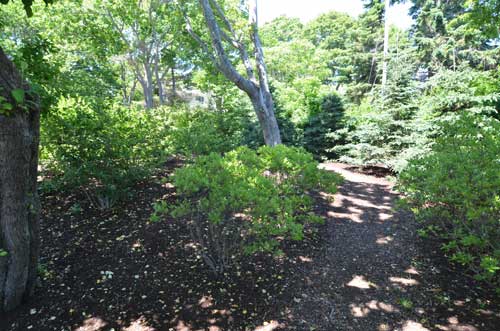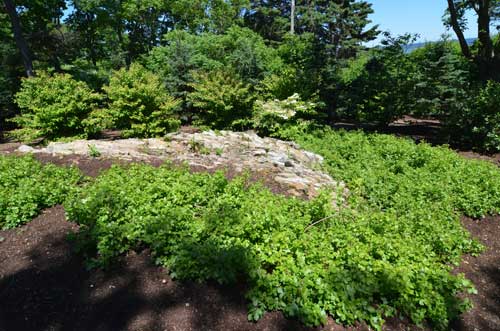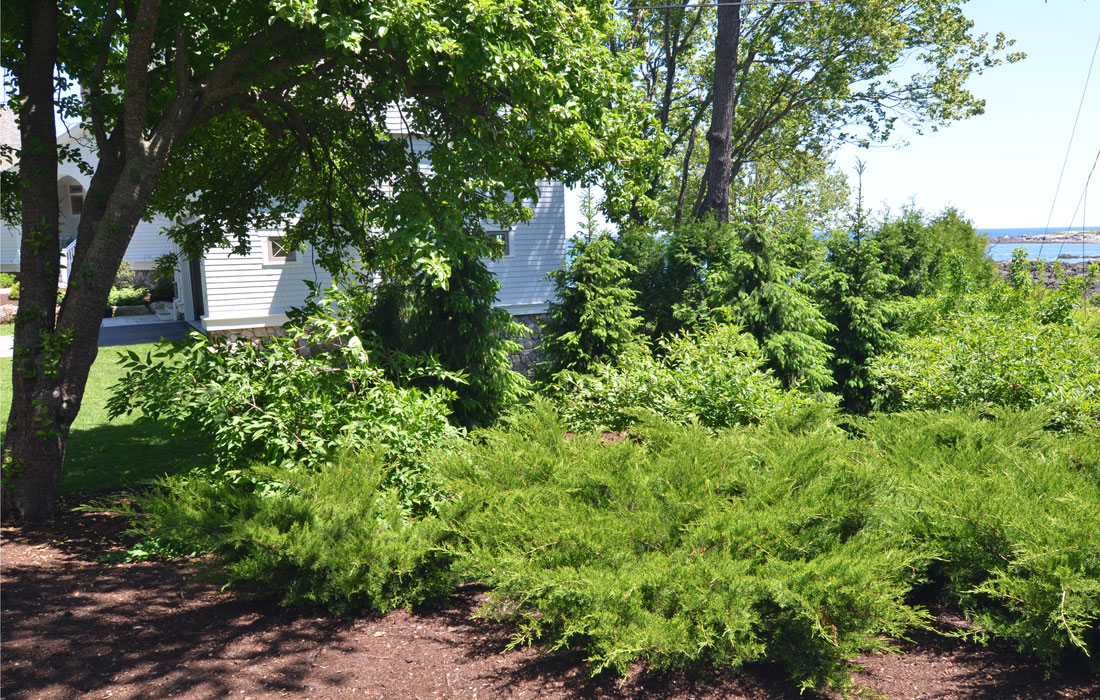Can your site support a sustainable landscape? Here’s what you need to know.
By CLDOffice In Landscaping adviceIn order to understand what constitutes a sustainable building site, let’s look at factors that contribute to a sustainable landscape.
Can the site preserve natural resources?

A natural, sustainable landscape
Some of the more common factors that would meet the goal of landscape sustainability on a building site are the ability to preserve natural resources such as water, nutrients, soil, existing vegetation and existing trees. The landscape design could be developed to sequester carbon, preserve energy, clean water, and preserve and create habitats.
Sustainable and low maintenance are not always the same thing.
Make use of opportunities like natural featuresYour priority in the “sustainable” aspect of your site may be creating a landscape of low maintenance, which can be compatible with the philosophical goals of sustainable landscapes, if designed properly. In that case, the landscape design would integrate the existing trees, vegetation, grade, ledge outcropping with the new landscape.
When considering a building lot, understand your goals. Consider if you’re looking for a philosophical sustainable landscape or low maintenance landscape, it may help guide you in the search for the building lot.
In either case, a lot with existing trees and vegetation is desirable over a grassland lot. The tree canopy may help to sequester carbon. Low growing vegetation and woody plants provide habitat and filter and preserve storm water runoff in the root systems. These woodland areas can be preserved in their native state, which reduces landscape maintenance. It is desirable over the alternative of removing the existing vegetation and creating a cultivated landscape.
Look for existing problems and opportunities.

Make use of opportunities like natural features.
When considering your site, take notice of the existence of invasive plant material, which can have negative impact on the native plants and trees. The remedy without using chemicals would be to mechanically remove the invasive plant material which disturbs the soil and can create weed growth if not properly replanted with compatible existing plants. It can be tempting for a new homeowner to “clean” the woodlot to achieve a neater look and install plants that would create a more cultivated look. While this may be achieving the goal of lower maintenance, this approach would not achieve the more philosophical goals of sustainable landscapes.
Open space may be an opportunity when looking for a site that can support a sustainable landscape. A site that is more open may meet the sustainable goal of preserving energy by enabling solar capability without having to remove trees to do so. A landscape design can be developed that would in essence create a sustainable landscape by adding more plant material in the open areas, and reducing the amount of lawn area. Plant material should provide habitat as well as aesthetic landscape value.
Take care during construction.
Whether the prospective building lot buyer is focused on a low maintenance landscape or truly a philosophical sustainable landscape, a key component to consider is what happens during construction. The landscape designer should be a part of the construction process to ensure that only the necessary trees and vegetation are removed. It may be advisable to dig up selected plant material and store on site for future integration into the landscape. The trees that are to be preserved should be marked off to keep heavy equipment away from the root systems to avoid soil compaction. In those areas where heavy equipment, trucks, etc. are on the building site, post construction the soil should be mechanically broken up to reduce soil compaction.
There are many considerations when looking for a building lot that can support a sustainable landscape. Whether you’re looking for low maintenance or a philosophical sustainable landscape, making sure you work with the problems and opportunities of your site and protect the existing landscape during construction will help you successfully integrate a sustainable landscape in your new home construction.


